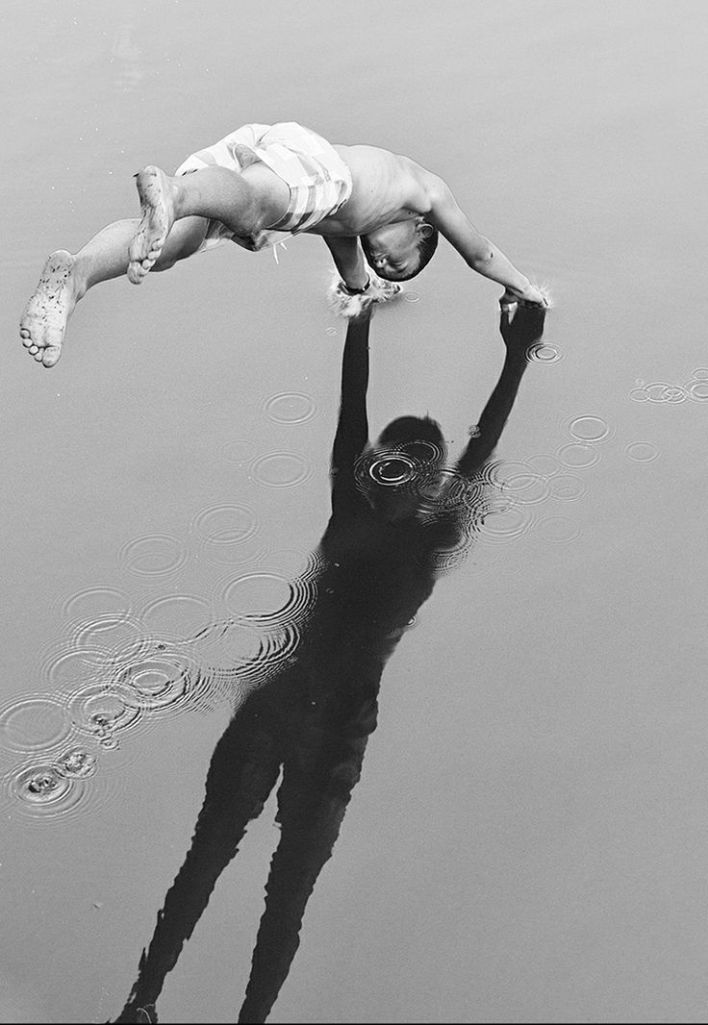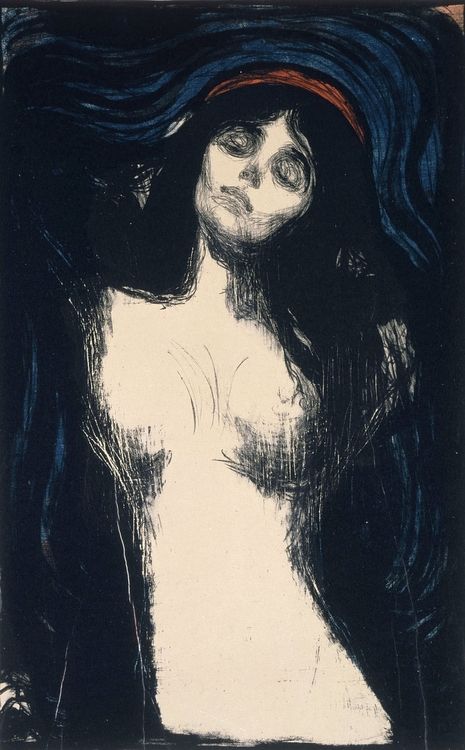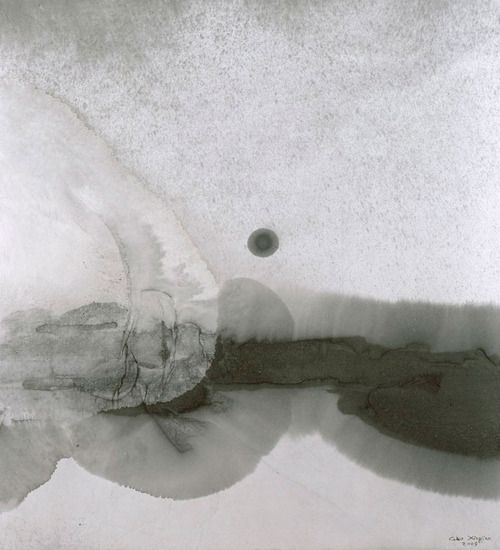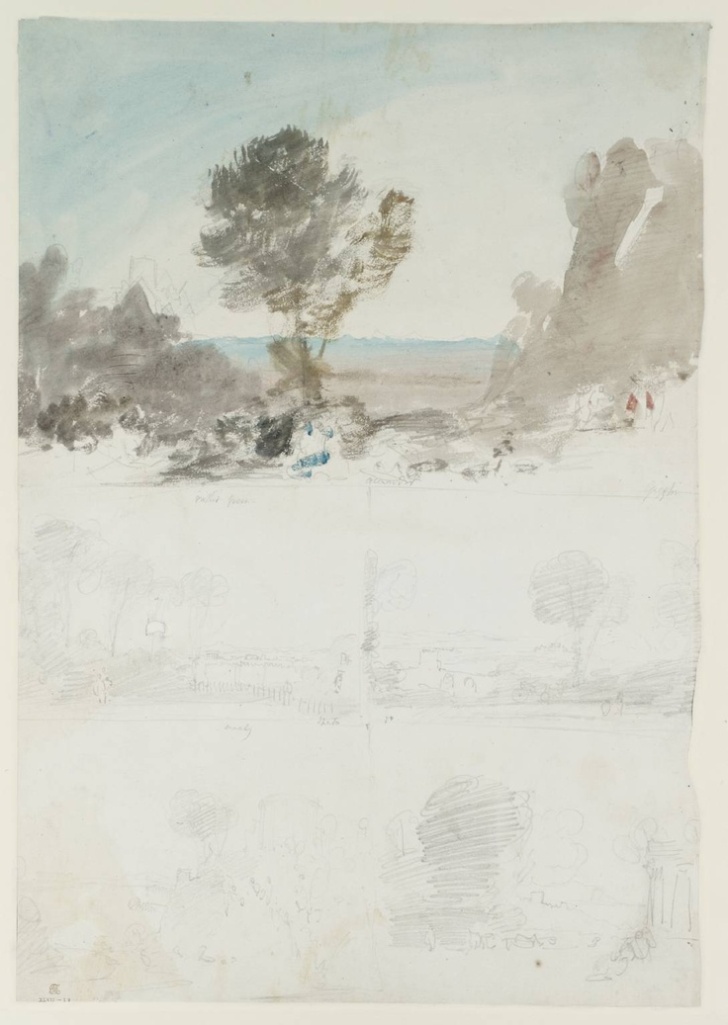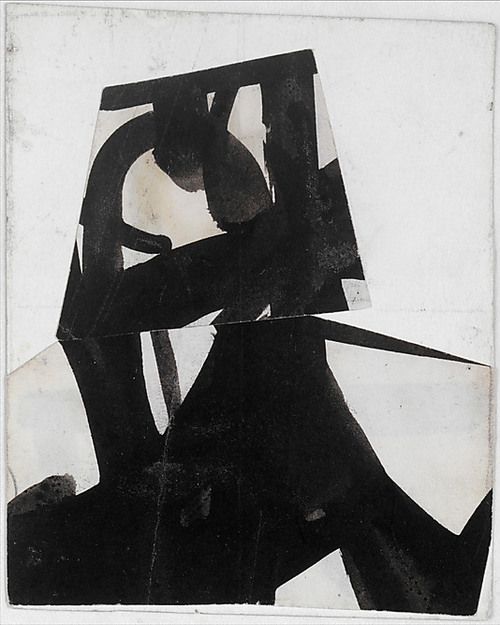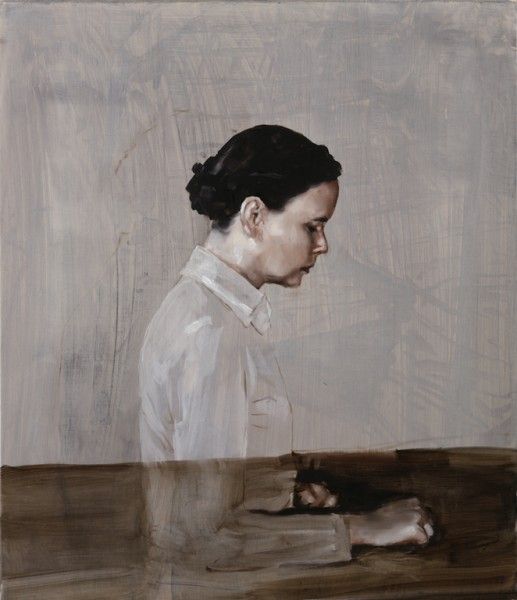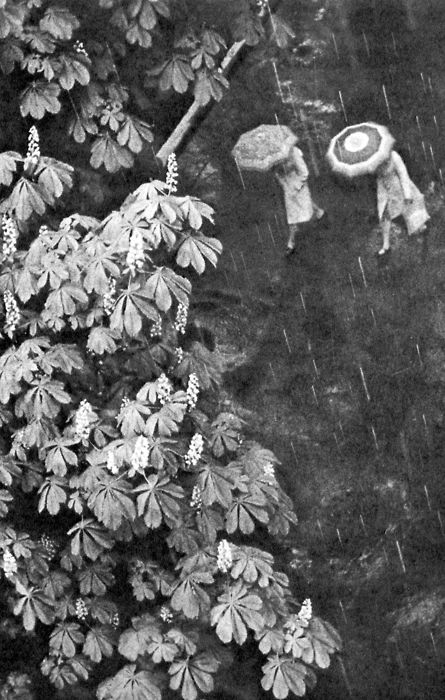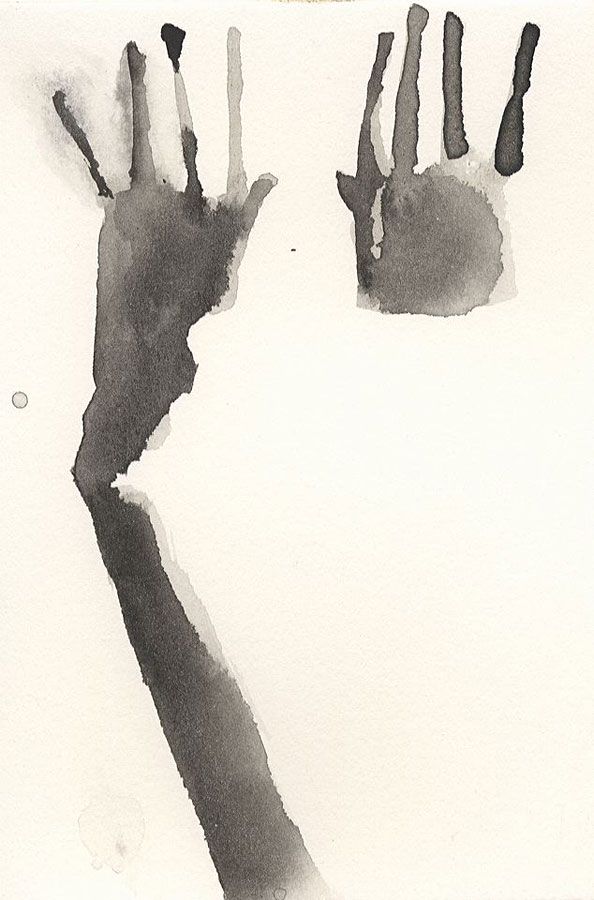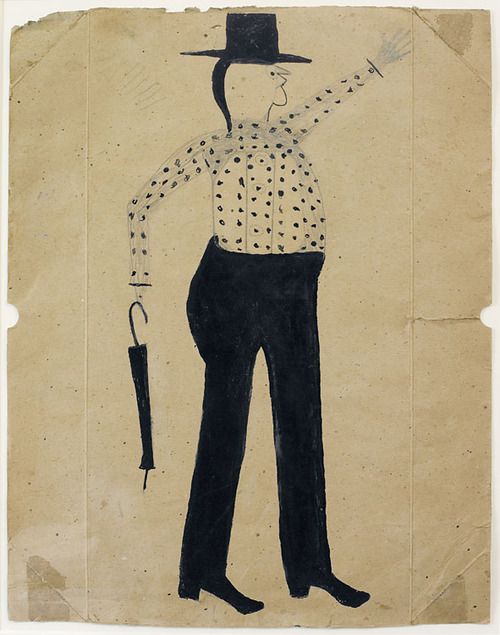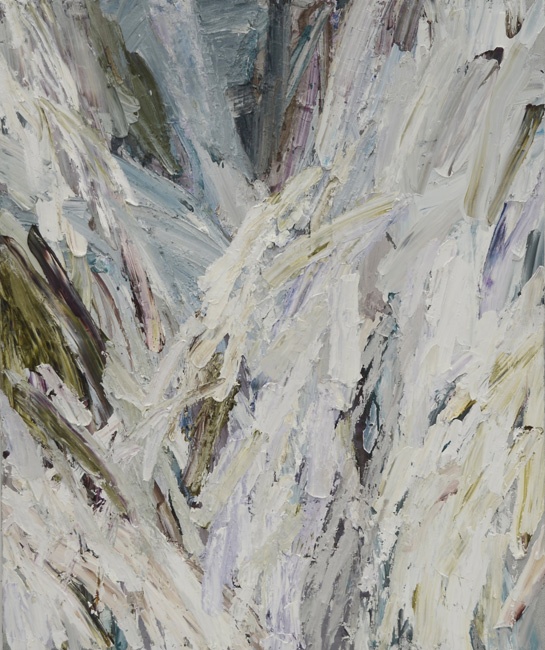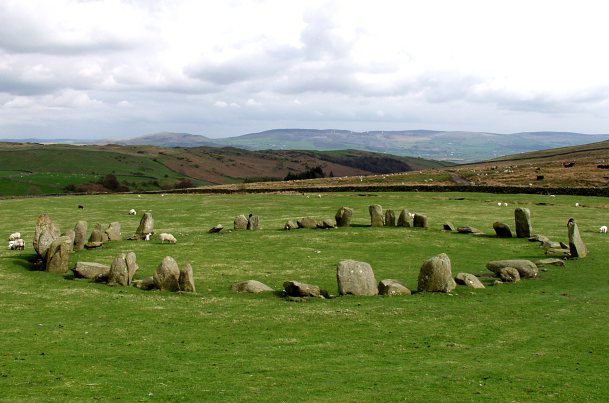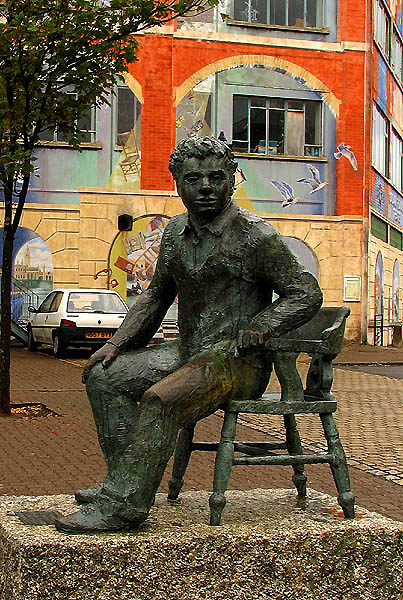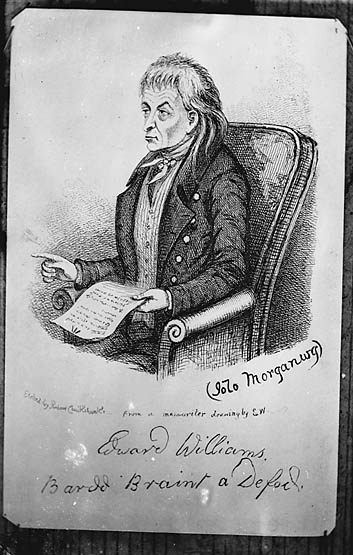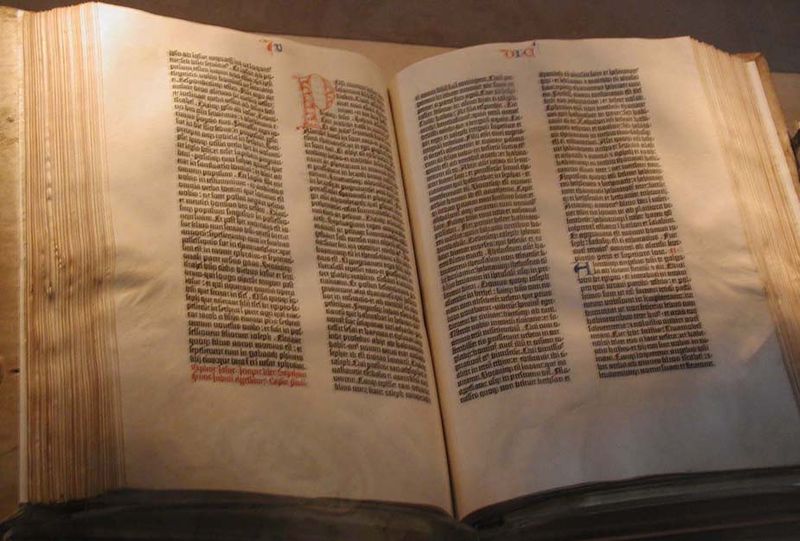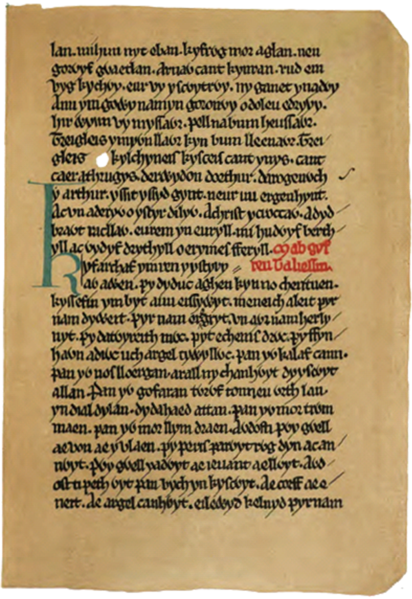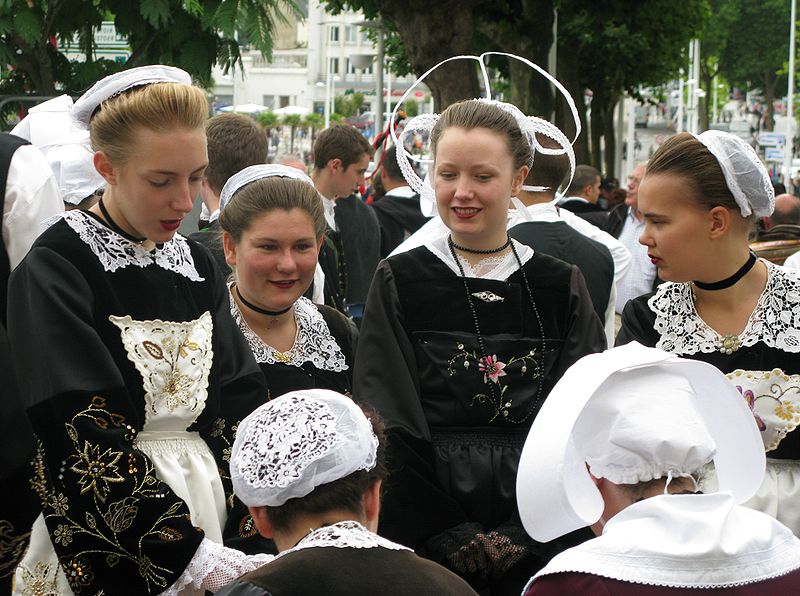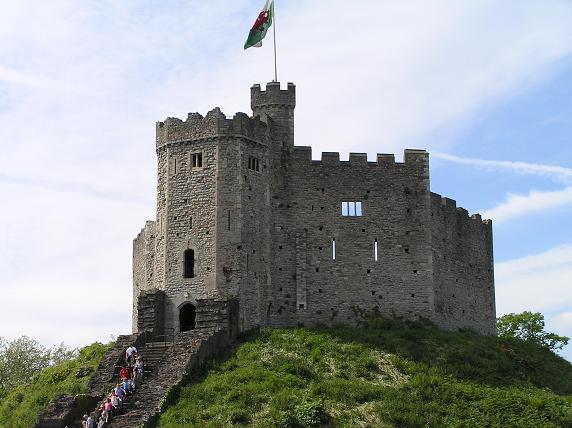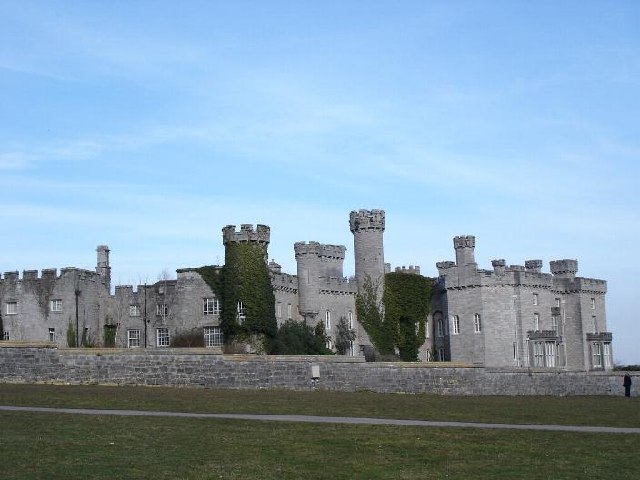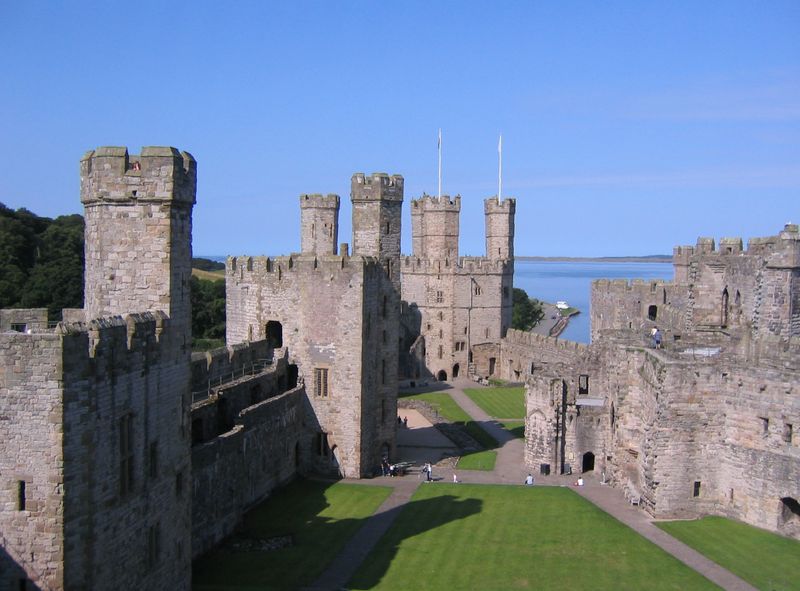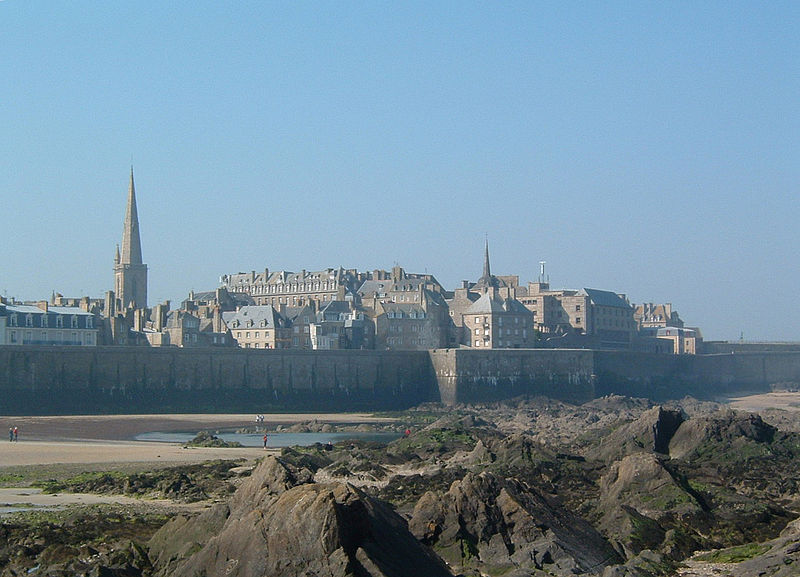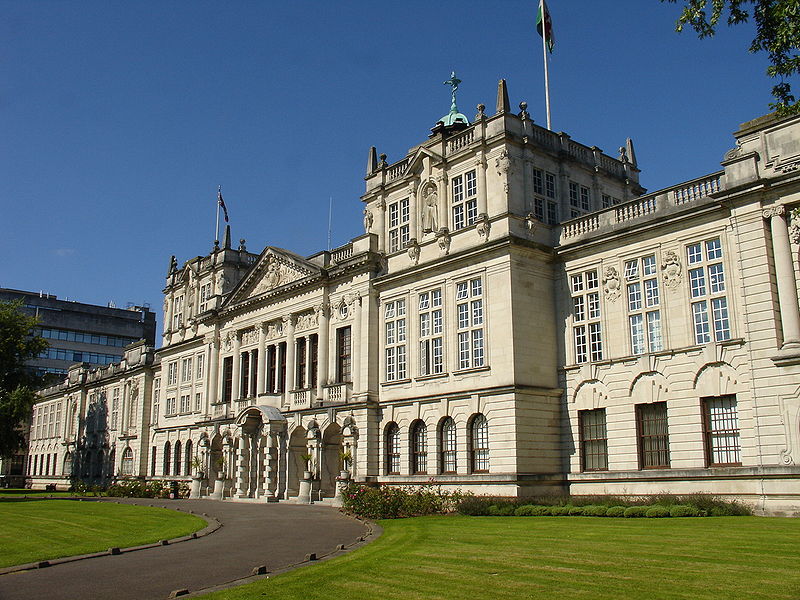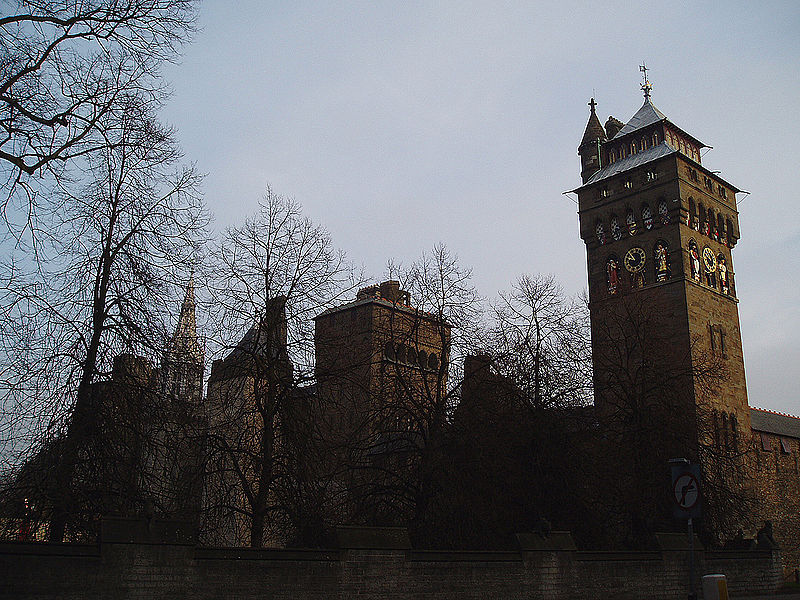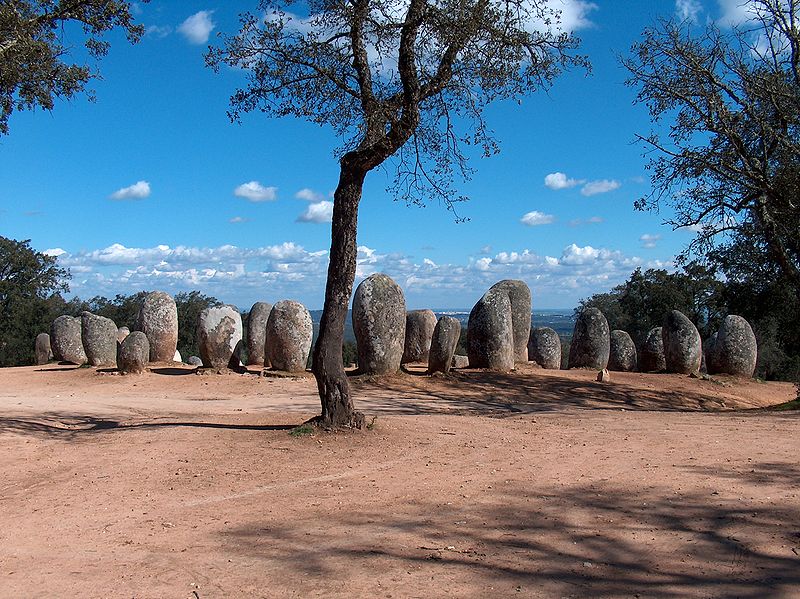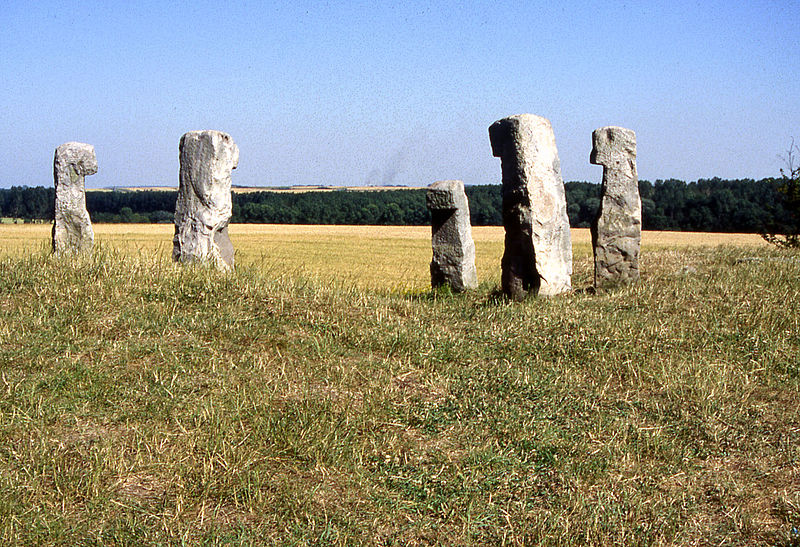Idioma galés
| Galés Cymraeg |
|
|---|---|
| Hablado en | |
| Región | Norte y oeste de Gales, sur de Argentina |
| Hablantes | 791.000 |
| Familia | Indoeuropeo |
| Estatus oficial | |
| Oficial en | |
| Regulado por | No está regulado |
| Códigos | |
| ISO 639-1 | cy |
| ISO 639-2 | wel (B), cym (T) |
| ISO 639-3 | cym |
  Porcentaje de uso del galés en el País de Gales en el censo del 2011. |
|
El galés (Cymraeg) es un idioma perteneciente al grupo britónico de la familia de lenguas celtas. Es hablado en el País de Gales, donde aproximadamente 611.000 personas (el 22% de la población galesa) lo utilizan como su lengua principal, especialmente en la zona norte del país. El galés es idioma oficial junto con el inglés.
También se habla en diversas zonas del sur de Argentina, más específicamente en la provincia de Chubut, donde vive la mayor comunidad galesa fuera de las Islas Británicas.1
La lengua galesa hoy
El galés también es hablado por mucha gente en las regiones deInglaterra fronterizas con el País de Gales, y en otros lugares comoLondres o los condados donde ha habido históricamente una fuerte inmigración galesa, como el área minera de Durham.
Hoy en día hay muchas escuelas y universidades que enseñan tanto en galés como en inglés. El Gobierno galés y todos los servicios públicos son bilingües. Hay varios periódicos, revistas, y emisoras de radio disponibles en galés y también, desde 1982, un canal de televisión en este idioma, llamado Sianel Pedwar Cymru o S4C.
El galés era la lengua principal del país hasta que el rey Eduardo I de Inglaterra sometió el país a la Corona británica, durante elsiglo XIII. Aunque el inglés es la lengua dominante en la actualidad, el galés todavía es importante, y no se observa riesgo de desaparición a corto plazo.
Cabe destacar que el galés fue uno de los idiomas predilectos del famoso escritor y filólogo J. R. R. Tolkien (quien usó algunos de sus sonidos para sus lenguas artísticas, especialmente el sindarin). En su ensayo titulado «Un vicio secreto» incluyó el galés entre los «idiomas que poseen una característica y, cada uno a su modo, bella formación de palabras».2 En otro ensayo, titulado «El inglés y el galés», analizó la palabra inglesaWelsh (‘galés’).3
Lenguas britónicas
| Lenguas britónicas | ||
|---|---|---|
| Distribución geográfica: | Islas Británicas,Bretaña | |
| Países: | ||
| Hablantes: | ||
| Filiación genética: | Lenguas Indoeuropeas
Lenguas celtas |
|
| Subdivisiones: | Galés Bretón Córnico † Cúmbrico † Picto (†,?) |
|
| ISO 639-1 | — | |
| ISO 639-2 | ||
| ISO 639-3 | — | |
|
||
Las lenguas britónicas forman una de las dos subramas de las lenguas celtas insulares, siendo la otra las goidélicas. Incluye a lenguas actuales como el galés y el bretón y a otras extintas como el córnico (revivido durante el siglo XX) y el cúmbrico. El nombre (Brythonic en inglés), fue derivado por Sir John Rhys de la palabra galesa brython, ‘indígena celta’, a diferencia de unanglosajón o escoto.
Estos idiomas se han hablado en Gran Bretaña desde la Edad del Hierrohasta el presente. Originalmente como el idioma de la mayoría pero ahora como idiomas minoritarios en Gales y Cornualles. En Irlanda, laIsla de Man y Escocia sólo está testimoniada la presencia de lenguas goidélicas. A pesar de ser una lengua celta insular, el bretón es hoy una lengua que se habla en Bretaña(Francia), debido a las migraciones de britanos ocurridas poco antes del inicio de la Edad Media.
______________________……………………………….========================
Welsh Language
| Welsh Cymraeg |
|
|---|---|
| Spoken in | |
| Region | North and west of Wales , southern Argentina |
| Speakers | 791,000 |
| Family | Indo-European |
| Official status | |
| Officer | |
| Regulated by | Not regulated |
| Codes | |
| ISO 639-1 | cy |
| ISO 639-2 | wel (B), c and m (t) |
| ISO 639-3 | cym |
  Percentage of use of Welsh in Wales in the census of2011 . |
|
The Welsh ( Cymraeg ) is a language belonging to the group Brythonicfamily of Celtic languages . It is spoken in Wales , where approximately 611,000 people (22% of the Welsh population) use it as their main language, especially in the north of the country.Welsh is an official language along with English .
It is also spoken in parts of southern Argentina , specifically in theprovince of Chubut , where most Welsh community lives outsideBritish Isles . 1
The Welsh language today
Welsh is also spoken by many people in the regions of England border with Wales , and in other places like London or counties where it has historically been a strong Welsh immigration, as the mining area ofDurham .
Today there are many schools and universities that teach in both Welsh and English. The Welsh Government and all public services are bilingual. Several newspapers, magazines and radio stations available in Welsh and also, since 1982 , a television channel in this language, calledSianel Pedwar Cymru and S4C .
Welsh was the main language of the country until King Edward I of England subjected the country to the British Crown during theXIII century . Although English is the dominant language today, Welsh is still important, and no risk of extinction in the short term is observed.
Note that Welsh was one of the favorite languages of the famous writer and philologist JRR Tolkien (who used some of their sounds to theirartistic languages , especially Sindarin ). In his essay he titled ” A Secret Vice “included the Welsh between” languages that have a characteristic and, each in their own way, beautiful formation of words. ” 2 In another essay, entitled ‘ English and Welsh ‘, analyzed the English word Welsh(‘Welsh’). 3
Brythonic languages
| Brythonic languages | ||
|---|---|---|
| Geographical distribution: | British Isles , Brittany | |
| Countries: | ||
| Speakers: | ||
| Genetic connection: | Indo-European languages
Celtic languages |
|
| Subdivisions: | ||
| ISO 639-1 | – | |
| ISO 639-2 | ||
| ISO 639-3 | – | |
|
||
The Brythonic languages form one of the two sub-branches of theinsular Celtic languages , the other being the Goidelic .Includes current languages such as Welsh and Breton and other extinct like Cornish(revived in the twentieth century) andCumbric . The name ( Brythonic inEnglish ), was derived by Sir John Rhys word Welsh Brython , ‘indigenous Celtic’, as opposed to an Anglo-Saxon or escoto .
These languages have been spoken in Great Britain from the Iron Age to the present. Originally as the language of the majority but now as minority languages in Wales and Cornwall. In Ireland , the Isle of Manand Scotland only witnessed the presence ofGoidelic languages . Despite being an insular Celtic language, Breton is now a language spoken inBrittany ( France ), due to the migrations of Britons occurred shortly before the start of the Middle Ages .
Fuente:

